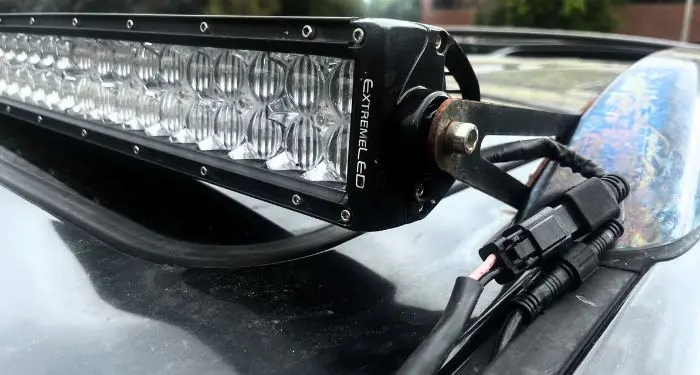In this blog post, Extreme LED connects with Jeff Kanagy, co-owner of River Raptor Jet Boats, to learn about their high performance, high-quality jet boats that feature Extreme LED marine light bars. 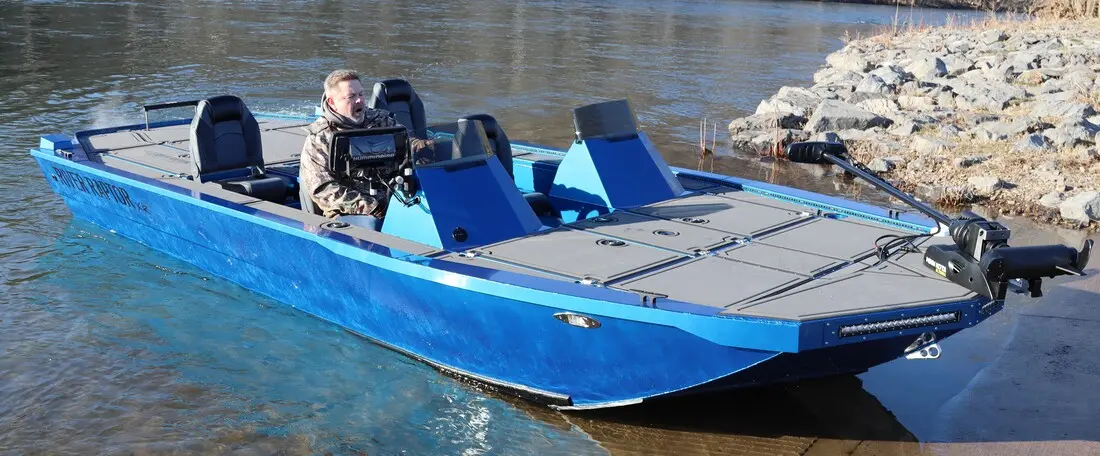
In this blog post, Extreme LED connects with Jeff Kanagy, co-owner of River Raptor Jet Boats, to learn about their high performance, high-quality jet boats that feature Extreme LED marine light bars. 
In general, an LED light bar that is worth purchasing is one that is built to last thousands of hours, provides a large amount of light without drawing too much power, and is one that you love the look of. It’s even better when you can get all of these things without breaking the bank. In this blog post, we share some helpful criteria for how to select the right LED light bar for your needs.
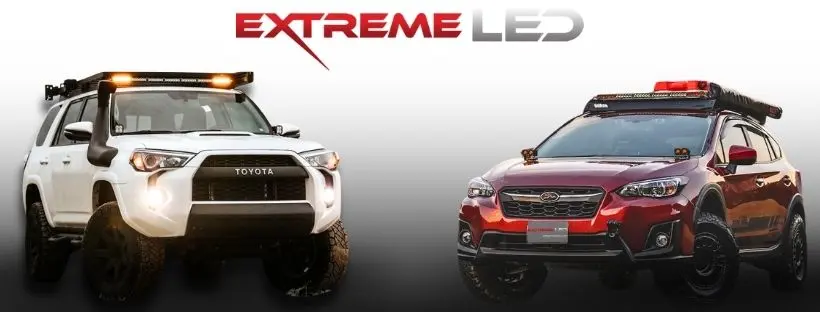
The 30 inch single row all white combo beam light bars are a great addition to any vehicle. Our 30" LED light bars in the single row format are ideal for individuals looking for a clean, slim look without sacrificing performance and the brightness of the dual row models. In this blog post, you can check out an installation video and we will also provide a step-by-step guide on how to install the 30 inch single row combo beam light bar. Let’s get started!
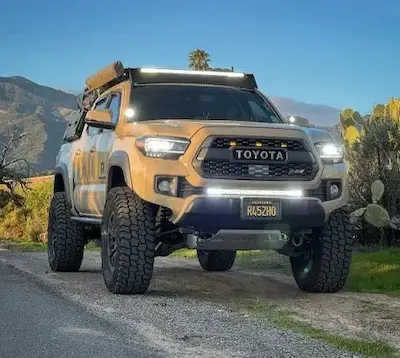
The dual-color amber and white light bars are a great addition to any vehicle, providing enhanced visibility in low light and hazardous conditions. Installing dual-color lights on your vehicle is a relatively simple process that can be done with the right tools and equipment. In this blog post, we will provide a step-by-step guide on how to install the best amber light bar for your vehicle. Let’s get started!
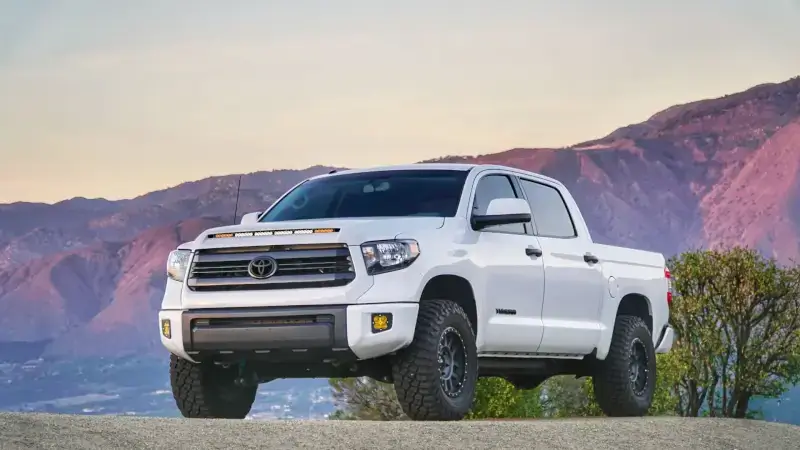
Off-roading at night can be an exhilarating experience, but it can also be a dangerous one. That’s why it is important to have the right lighting equipment installed on your vehicle. One such piece of equipment that can enhance your off-roading experience is whip lights. Whip lights are vertical LED lights that are mounted on a vehicle’s antenna or other suitable mount. In this blog, we will discuss what whip lights are, and how they can light up the night and promote safety during off-roading. Let’s get started!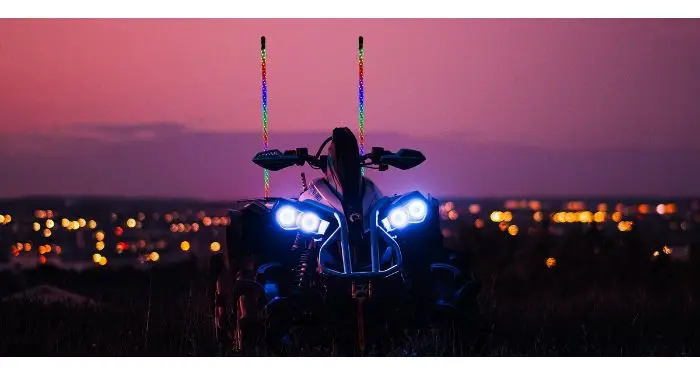
Off-roading in a UTV can be an exhilarating experience, but it can also be risky when visibility is low. UTV light bars are essential accessories for any off-road enthusiast, providing increased visibility in low-light and nighttime conditions. This blog will discuss the benefits of UTV light bars, the different types available at Extreme LED Light Bars, and why you should choose them for your off-roading adventures.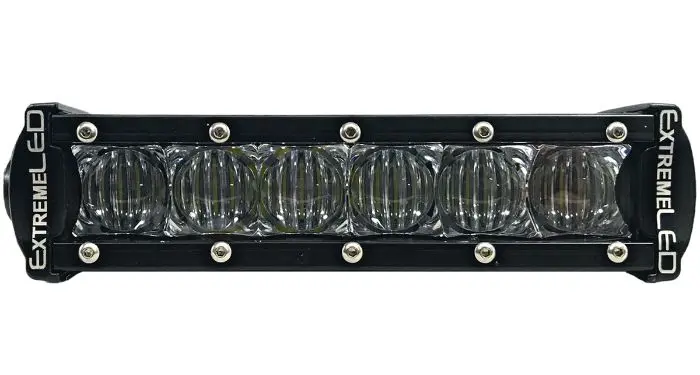
RGB whip lights are a great addition to many off-road vehicles, providing enhanced visibility in low light and hazardous conditions. Installing RGB whip lights on your vehicle is a relatively simple process that can be done with the right tools and equipment. In this blog post, we will provide a step-by-step guide on how to install whip lights for your vehicle. Let’s get started!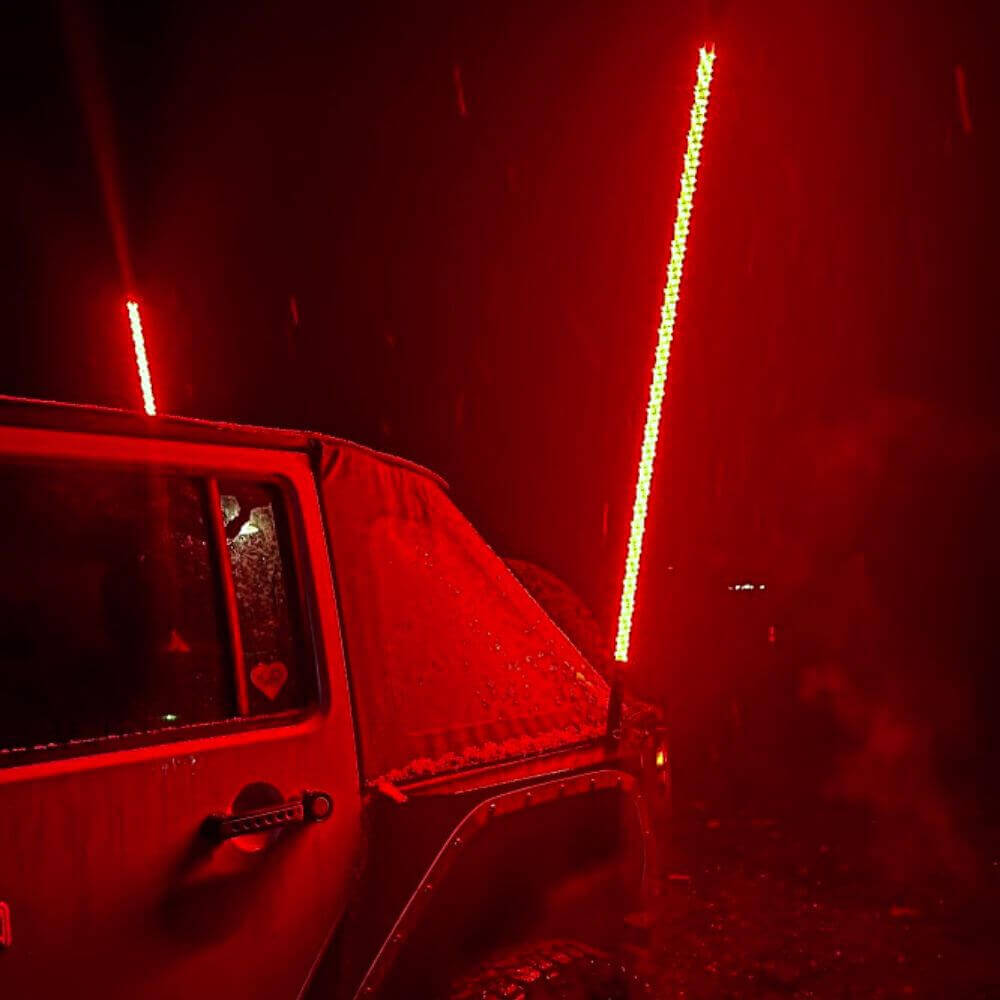
Off-road enthusiasts know that having the right gear is crucial to getting the most out of their adventures. One of the most important pieces of equipment for any off-road vehicle is a set of high-quality LED off-road lights. Not only do these lights improve visibility and safety while off-roading, but they also add a touch of style and customization to any vehicle. In this blog, we will discuss the benefits of using LED off-road lights, how to choose the right ones for your vehicle, and the top LED off-road light products and features available at Extreme LED Light Bars. Let’s dig in!
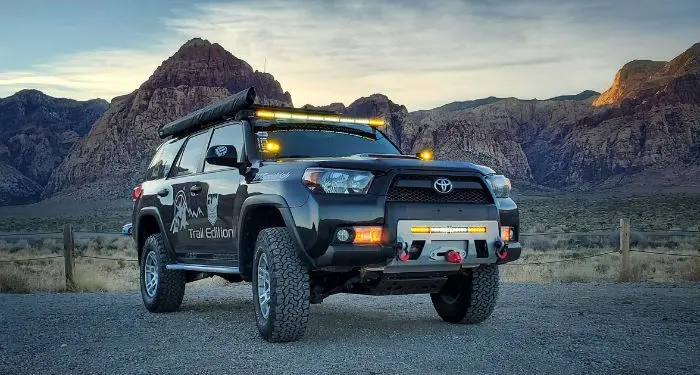
Unboxing your new LED light bar is an exhilarating experience. You might already be planning your next off-road adventure or camping trip. As you carefully unwrap the packaging, anticipation builds, knowing that you're about to unveil a powerful and versatile lighting solution. But the excitement doesn't stop there. Once the LED light bar is in your hands, it's time to put it to the test to ensure its functionality. In this article, we will explore the step-by-step process of unboxing your new LED light bar and guide you through the essential testing procedures.
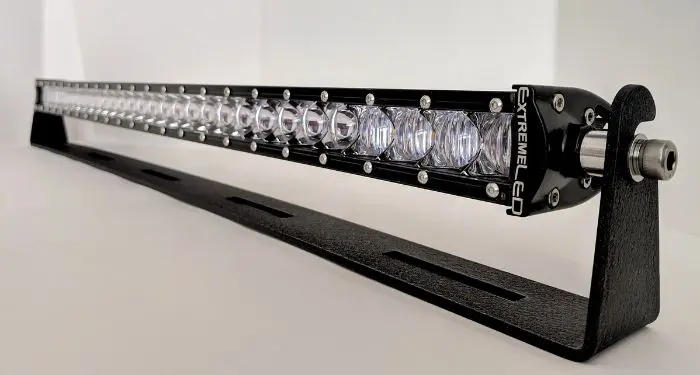
Getting your new LED light bar is an exhilarating experience, but to start using it, you have to install it. So once the LED light bar is in your hands, it's time to put it to the test to ensure its functionality. In this article, we will explore the step-by-step process of installing your new LED light bar harness and guide you through the essential procedures. It is important to test the harness first before proceeding with the installation. See this blog for a more in-depth process on how to test your led light bar package. Before we begin with the step-by-step process, let’s discuss the tools and equipment required to install a LED wiring harness.
